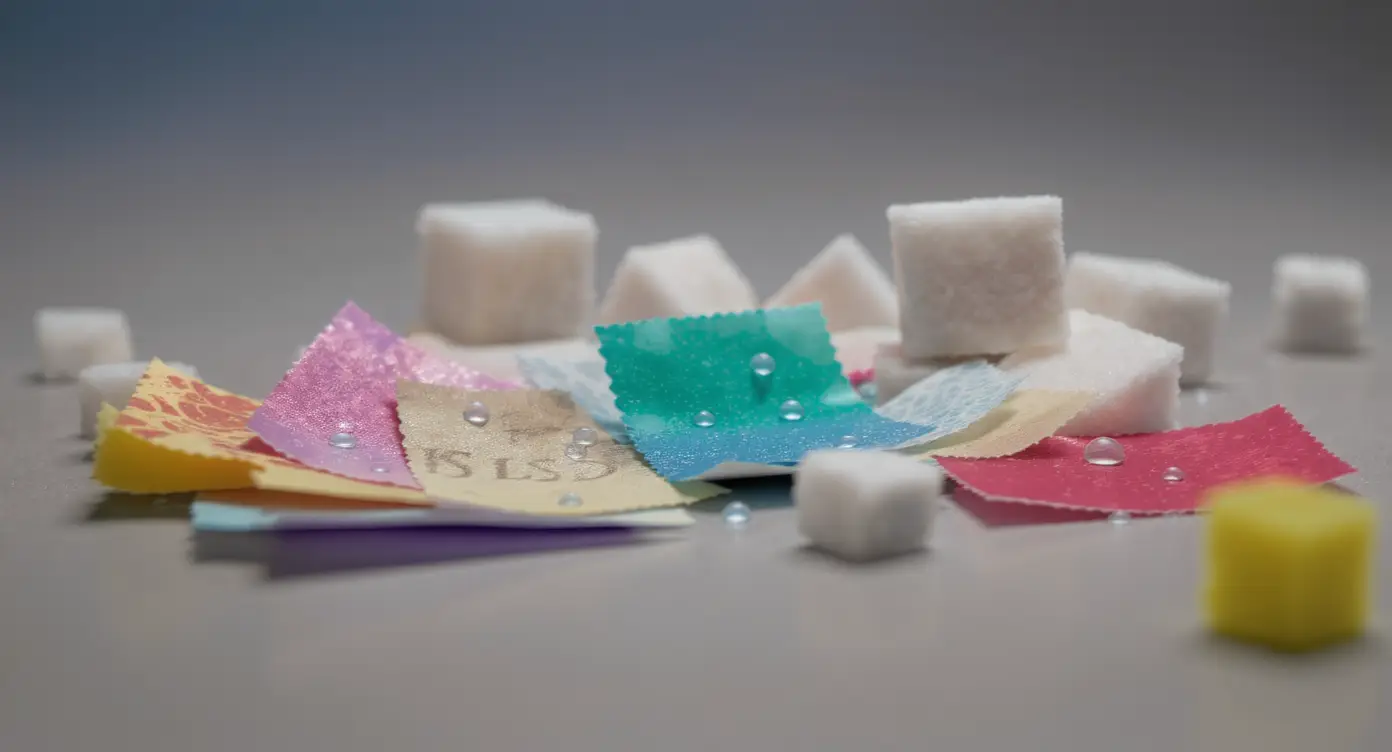LSD (lysergic acid diethylamide) is a powerful hallucinogenic substance. It causes users to see, hear, and feel things that aren’t real. LSD is usually taken by mouth and often comes in the form of small paper squares (“blotters”) or drops on sugar cubes.
Although it was originally studied in psychiatry, LSD is now mostly found on the illegal drug market. Its effects can last up to 12 hours and vary greatly depending on the user’s mindset and surroundings.
Because it alters perception, LSD can cause panic, confusion, and dangerous behavior. Long-term use may lead to flashbacks or persistent changes in mood and thinking.

🧠 Related Terms
👉 Learn more about prevention:
Narconon Europe – Drug Abuse Help
👉 For more educational content, see our Drug Education & Prevention Materials
❓Frequently Asked Questions about LSD
1. What is LSD used for?
It was initially explored in psychiatry but is now used illegally for its mind-altering effects.
2. Why is LSD dangerous?
It distorts reality, which can lead to panic, injury, or accidents. The effects are unpredictable.
3. What does LSD look like?
Usually as small blotter paper squares with colorful designs, or as drops on food items.
4. Can someone take LSD without knowing?
Yes. It can be hidden in candies or paper without smell or taste.
5. How can someone avoid exposure to LSD?
Never accept unknown candies or blotters. Avoid parties or events where drugs may be present.
